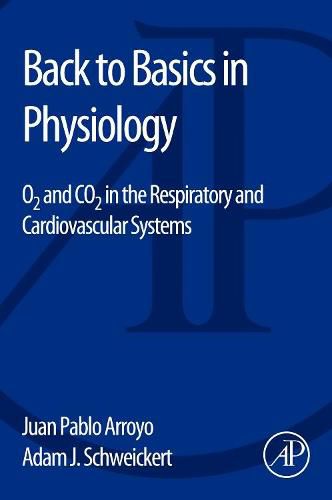Readings Newsletter
Become a Readings Member to make your shopping experience even easier.
Sign in or sign up for free!
You’re not far away from qualifying for FREE standard shipping within Australia
You’ve qualified for FREE standard shipping within Australia
The cart is loading…






Back to Basics in Physiology: O2 and CO2 in the Respiratory and Cardiovascular Systems exploits the gap that exists in current physiology books, tackling specific problems and evaluating their repercussions on systemic physiology.
It is part of a group of books that seek to provide a bridge for the basic understanding of science and its direct translation to the clinical setting, with a final aim of helping readers further comprehend the basic science behind clinical observations.
The book is interspersed with clinical correlates and key facts, as the authors believe that highlighting direct patient care issues leads to improved understanding and retention.
Physiology students, including graduate and undergraduate students, nursing students, physician associate students, and medical students will find this to be a great reference tool as part of an introductory course, or as review material.
$9.00 standard shipping within Australia
FREE standard shipping within Australia for orders over $100.00
Express & International shipping calculated at checkout
Back to Basics in Physiology: O2 and CO2 in the Respiratory and Cardiovascular Systems exploits the gap that exists in current physiology books, tackling specific problems and evaluating their repercussions on systemic physiology.
It is part of a group of books that seek to provide a bridge for the basic understanding of science and its direct translation to the clinical setting, with a final aim of helping readers further comprehend the basic science behind clinical observations.
The book is interspersed with clinical correlates and key facts, as the authors believe that highlighting direct patient care issues leads to improved understanding and retention.
Physiology students, including graduate and undergraduate students, nursing students, physician associate students, and medical students will find this to be a great reference tool as part of an introductory course, or as review material.